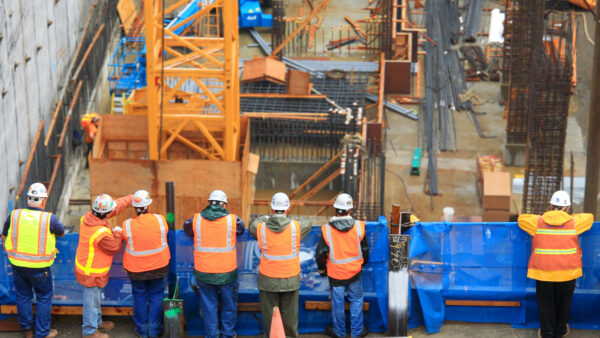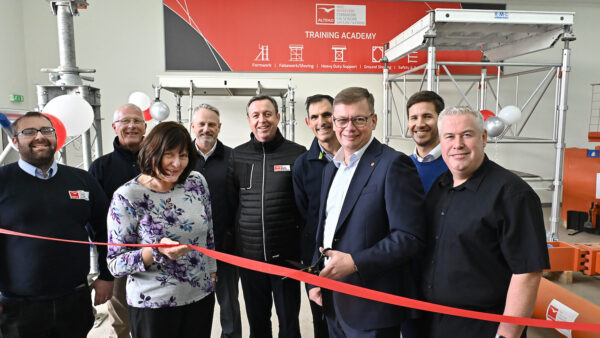
The Construction Industry Training Board (CITB) has launched its Construction Workforce Outlook 2025-29 report, which sets out the skills needed to meet future industry demand.
Previously named the Construction Skills Network report, the new forecast aims to reflect a broader understanding of the industry’s needs.
According to the report, the industry needs an estimated 47,860 more workers per year from 2025 to 2029 – the equivalent of 239,300 additional workers for the five-year period.
Overall, the construction workforce is expected to grow to around 2.75 million by 2029.
Almost half (46%) of the total workforce increase by 2029 is forecast to be in skilled trades.
The construction-specific occupations projected to see the strongest annual average growth over the five-year period are:
- Steel and metal workers (1.5% per year on average)
- Plant mechanics/fitters (1.3%)
- Scaffolders (1.2%)
Demand for steel and metal workers is linked to growth in infrastructure and commercial output, with the creation of around 1,600 new roles by 2029. The need for plant mechanics and fitters (2,500 roles) and scaffolders (1,500) is broader, driven by expansion in most construction sectors over the period.
Demand for skilled professionals
Among professional services, civil engineers are expected to see the highest growth (1.3%), along with surveyors (1.1%). Within managerial and support staff occupations, construction project managers are anticipated to be the most in demand, with growth of 1.1% per year on average over the five-year period.
The largest absolute workforce increases are expected among non-construction professional and technical office-based staff (11,800 additional jobs by 2029), and other professional and technical staff working in construction (11,200 additional jobs).
Within skilled trades, the forecast suggests the largest workforce increases are other construction and building trades (6,000), labourers (4,900), carpenters and joiners (4,800), and electrical installation trades (4,300).
Time for change
In his foreword for the report, CITB chief executive Tim Balcon said the construction industry is facing a crucial choice “to continue to recruit, train and develop its workforce as it has done in recent years, or to change and rethink how it attracts, trains, and retains talent”.
“If industry doesn’t change it will stay on a path where job vacancies are difficult to fill, [while] losing ageing workers will lead to an increasing loss of valuable expertise, and CITB will continue to highlight the need for around 240,000 extra workers over the next five years.”
Balcon added: “If construction can change and rethink how it attracts, trains and retains its people, this could lead to an even more capable and diverse workforce that is better equipped for the scale of future demand.”
Comments
Comments are closed.










Nothing changes. For years (decades )CITB has been reporting ‘we need xxxx more brikies, yyyy more chippies, etc etc. They are not there; they haven’t been; they won’t be. Construction ‘activity’ is up and down, whether or not we use the expression ‘economic regulator’ or not- it reflects many factors- changing needs, wants, costs, availabilities, Trump, etc. Agility, multiskilling, openness to change, maybe more standardisation, prefabrication, simplification, seeing things differently, fewer people, more longer-term employment and commitment? How about some ‘thought leadership’, ‘the ear of government’, radicalism? Just sayin’ ….